– the book: Hug Your Haters: How to Embrace Complaints and Keep Your Customers, a vital resource for leveraging customer service as marketing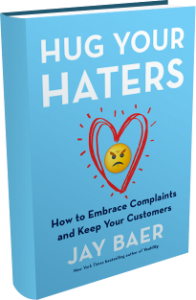
– the brain: Jay Baer, bestselling author, advisor to more than 700 companies (including Caterpillar, Nike, The United Nations and 32 of the FORTUNE 500), entrepreneur, and founder of Convince & Convert, a strategy consulting firm in the intersection of technology, social media, and customer service.
– the best bits: Hug Your Haters starts off with the basic premise, “Haters are not your problem…Ignoring them is.”
The book explains, “Answering complaints increases customer advocacy across all customer service channels…Conversely, not answering complaints decreases customer advocacy across all customer service channels.” So, Jay offers the very basic, simple conclusion:
“The Hug Your Haters success equation: Answer every complaint, in every channel, every time.”
He then walks you through how exactly to do that.
Hug Your Haters is based on extensive research that Jay conducted with Edison Resarch. Key findings of the research include:
There are two main types of haters: offstage haters who almost always complain first in a private, one-to-one format, often by telephone or email; and onstage haters who almost always complain first in a public venue — social media, review sites, discussion boards, or forums. Offstage haters want an answer, while onstage haters want an audience. When complaints are made by telephone, customers expect a response 91% of the time; email, 89%. When complaining in social media, only 42% of the time does the complainer expect a response. 62% of complaints are first made offstage, but that is rapidly changing.
Among the important insights Jay shares are:
“Customer service is now a spectator sport.”
“The greatest businesses in the world are training your customers on what to expect and they will eventually demand that you also meet that standard.”
“Globally, $500 billion each year is invested in marketing, compared with just $9 billion in customer service.”
– the brand story: Jay writes about a full range of companies, from local small businesses and large established enterprises. One of Jay’s favorites, as he tells me in our interview (listen below), is Fresh Brothers Pizza, a 13-store chain in Southern California. Debbie Goldberg is the co-owner of Fresh Brothers and she replies to every customer feedback, including Yelp reviews.
Her response to a complainer reads, “Hi Ray — I’m really sorry that you had this experience when you visited in March. We’ve made some changes in the store and I think the environment has really changed for the better. Would you consider trying us again? I’d like to send you a gift certificate so you can try us, on us!…”
As Jay writes, “Perfect. She acknowledges the issues, apologizes, and provides a remedy.” And she does so publicly, because she assumes, “A Yelp review is actually a representation of the thoughts of many customers. So if they’re commenting, then it’s probably not just that one person who may have had that experience…Overall, I want people to know that, good or bad, we’re listening and we care, and we’re working on it…”
It’s a terrific example of how hugging your haters can benefit your brand.
– the bottom line: Companies can no longer afford to ignore customer complaints and Hug Your Haters is the bible for embracing customer service as a competitive advantage.
Listen to my conversation with Jay to learn:
how customer expectations for what a business can and should do are changing how Discover Card is beating out larger, better-resourced competitors with customer service why Jay has made it a goal that 18-24 months from now, people won’t be able to name specific examples of extraordinary customer service
other brand book bites:
Mastering the New Media Landscape by Barbara Cave Henricks and Rusty Shelton Dare to Serve by Cheryl Bachelder Youtility by Jay Baer
The post brand book bites from hug your haters appeared first on Denise Lee Yohn.


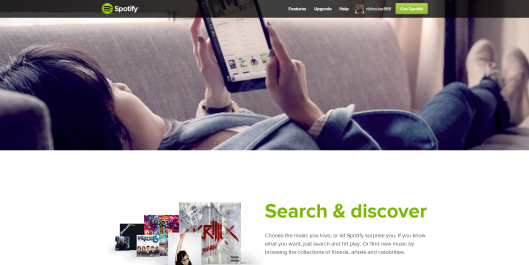
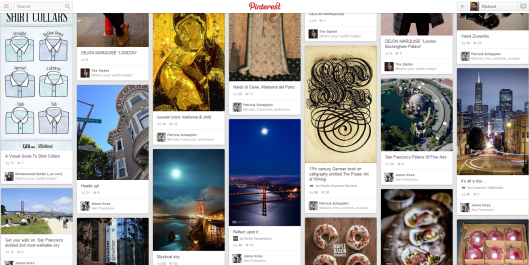
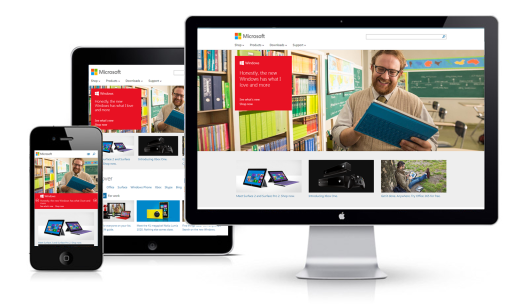


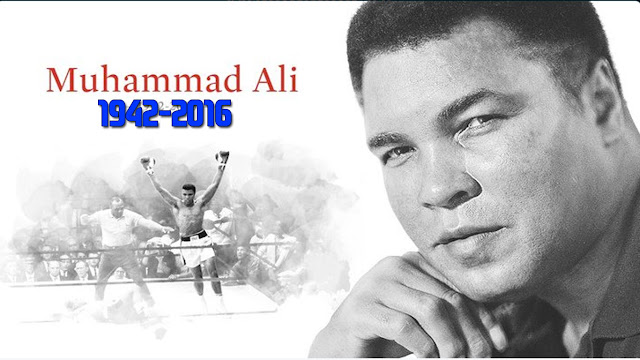
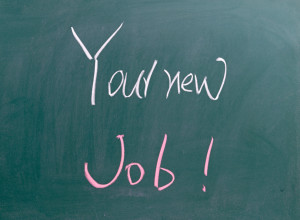
 This article was written by By Dave Imbrogno, President of National Account Services for ADP’s Global Enterprise Solutions unit. He is responsible for many of the company’s Human Capital Management solutions, including Human Resources, Payroll, Time and Labor Management, Comprehensive Outsourcing Services, Talent Acquisition and Talent Management.
This article was written by By Dave Imbrogno, President of National Account Services for ADP’s Global Enterprise Solutions unit. He is responsible for many of the company’s Human Capital Management solutions, including Human Resources, Payroll, Time and Labor Management, Comprehensive Outsourcing Services, Talent Acquisition and Talent Management.










